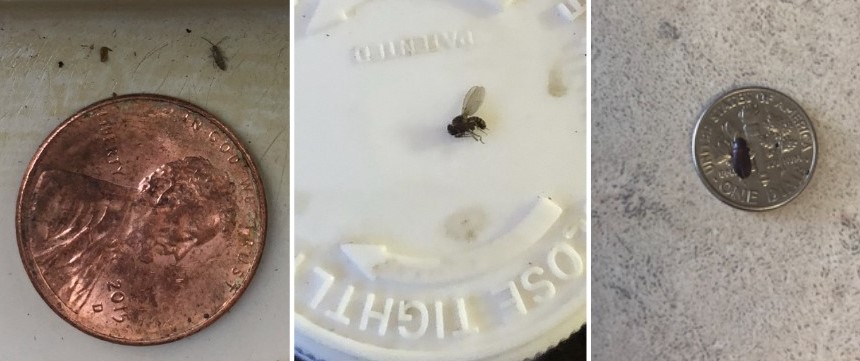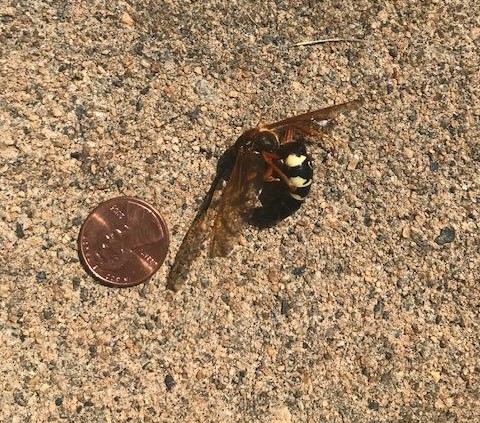As a leading retailer of pest control, lawn care, and animal health products, DoMyOwn has seen our fair share of insects in our 17 plus years of business. From ant infestations to bed bugs and termites, we can typically identify the bug problem that is plaguing your home or lawn and suggest a solution.
If you have a pest you can't identify, send photos our way so we can help you out. After all, identifying the cause of the problem is the first step toward a solution.
Please note, we are not able to provide weed or disease identifications. These are inherently difficult from photos and our team wants to make sure you are getting a correct identification so that your treatment is successful. You can review our Common Weed Guide and our Weed and Disease Treatment Guides to compare photos and descriptions of your weed or disease. Local cooperative extension offices are experts in identifying local weeds and disease and are an invaluable resource in the community. You can contact your local cooperative extension office for further assistance in identifying your weed and disease.
Complete the following steps to help us better identify your pest problem:
Take a Clear Photo

Mosquitoes, ants, beetles, and other pests look the same when the photo is blurred as do many different types of weeds, making it impossible to make an identification.
Make sure any photo you send is clear and sharp so that we can make a positive identification.
Take Many Photos from Different Angles

One photo may not be enough to identify your pest. Instead, take multiple photos of the problem from different angles. If you can get up close to the head or body of the pest, take a photo. A photo of the entire pest will also help. From the side is beneficial too.
Use a Coin or Other Object for Sizing

Some pests look similar but vary in size. A photo of a yellow jacket and a photo of a European paper wasp will look the same from a distance, but the insects are different sizes.
Add a coin, ruler, or other object to the photo for sizing reference. If we can see that the pest is the size of a dime, or a weed is 2 inches tall, it will truly help us narrow down the species of the pest.
Include Details in Your Email
In your email to us, be sure to add the following information in addition to your photos:
- What city and state you live in. Some pests and weeds flourish in different parts of the country while others do not. Knowing your relative geographic location will help us make a positive identification.
- How long you have been seeing this pest. Is this a recent development? Did the pest emerge when the season changed? Does it appear every summer or this your first time seeing it?
- Where the problem is occurring. Are you seeing these bugs in your basement or on the window sill? Is it found only in shaded parts of your lawn?
- Detailed descriptions of the pest that may be hard to see in the photo. Does the pest fly? Have you seen eggs?
Pro Tip
We cannot identify or help with rashes or bites that may be caused by pests or reactions to chemicals. If you are having a bodily reaction, please contact your dermatologist or a medical doctor for assistance.
If you have a pest that needs to be identified, contact our team with the information above.



